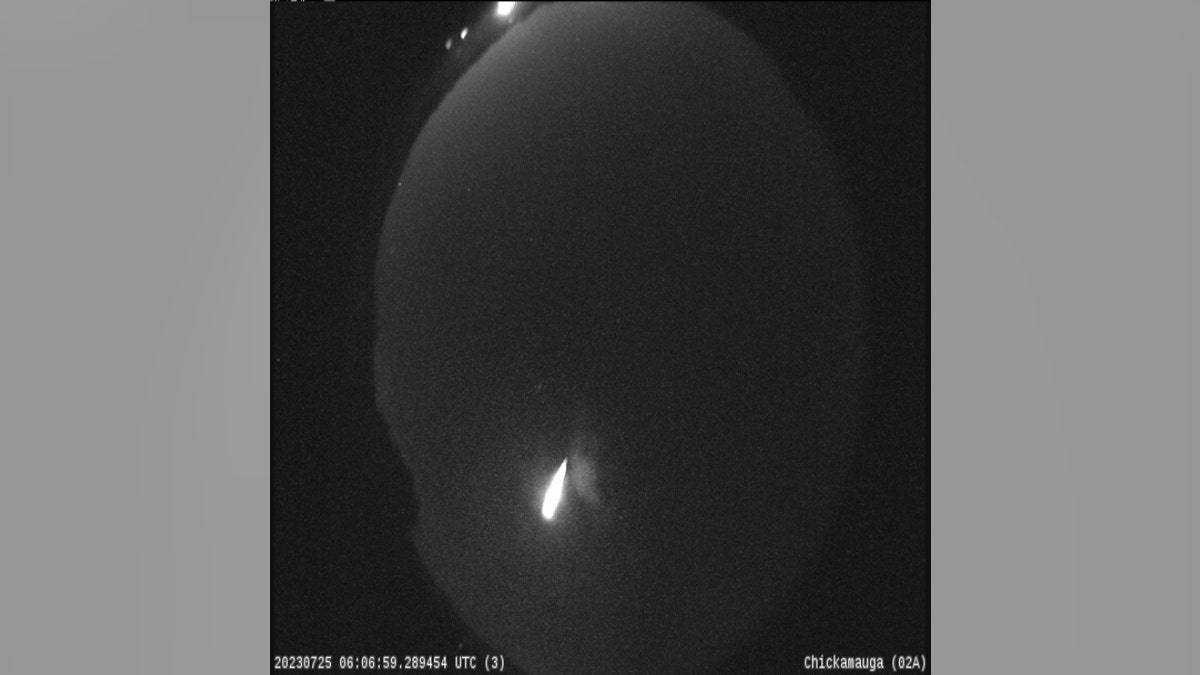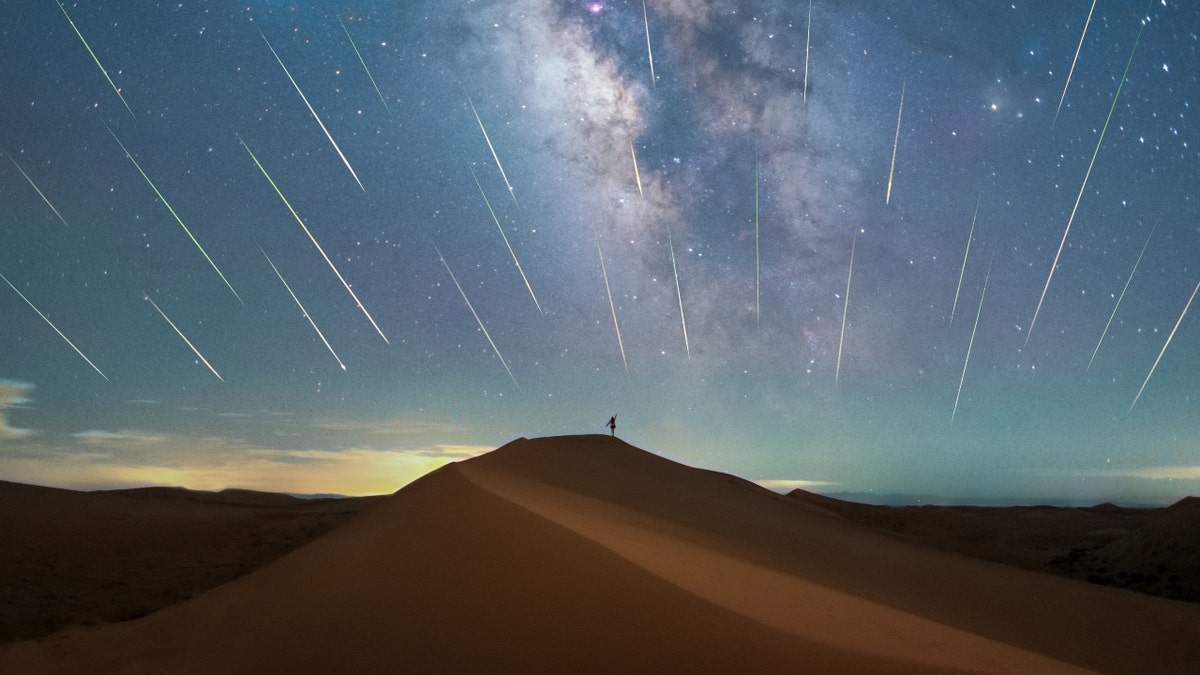Astronauts stuck on International Space Station could be there until 2025
Former NASA astronaut Dr. Charles Camarda joins 'Fox & Friends First' to discuss why they are facing issues getting the astronauts home and how he would handle the situation if he was the CEO of Boeing.
The Perseid meteor shower peaks late Sunday night, and given that it will be paired with a dark sky due to the moon’s early setting, stargazers could be in for a show.
NASA said on its website that the Perseid meteor shower is best viewed from midnight to dawn, adding that the greatest number of meteors are seen just before dawn, when the radiant point is high in the sky. But that does not mean sky watchers should stare toward the radiant point, because meteors can be seen anywhere in the sky.
The annual meteor shower has been active since July and is considered one of the brightest and most easily viewed showers of the year because it produces "bright blue meteors, and lots of them," according to University of Warwick astronomer Don Pollacco.
This shower happens every year when the Earth passes through the debris from comet Swift-Tuttle.
SCIENTISTS DISCOVER MASSIVE CAVE ON MOON THAT COULD BE USED TO SHELTER ASTRONAUT

This view shows the Perseid meteor shower in the night sky over China on Aug. 13, 2021. (Lian Zhen/Xinhua via Getty Images)
Although most nights of the Perseids showcase only a few meteors per hour, the peak of the shower typically brings much more. And while the number varies each year, NASA said there could be as little as a few dozen per hour and as many as up to two hundred shooting stars an hour.
The 53% waxing moon will set just after 10:30 p.m., but those in an area free from light pollution with clear skies may still be able to see quite a few meteors throughout the night.
To get the most out of the meteor shower, NASA suggests stargazers get away from the city and find the darkest location they can find.
COMET SWIFT-TUTTLE: WHAT TO KNOW

On July 26, 2023, the NASA All Sky Fireball Network detected the first Perseid meteor of the year. (NASA/All Sky Fireball Network)
NASA also recommends checking the weather forecast before heading out to get an idea of where fog and clouds may affect the view.
Still, under the right conditions, budding astronomers may spot 50 meteors per hour, according to the American Meteor Society, and the best part is that the meteors can be spotted without any special equipment.
As rocks from space enter the Earth’s atmosphere, resistance from the air makes them extremely hot, causing the air around the rock to glow and leave a fiery tail behind them. The fiery tail gives the space rock the appearance of being a shooting star, and sometimes they may be visible in the night sky with the naked eye.
HOW BOEING STARLINER ASTRONAUTS STUCK IN SPACE COULD GET HOME AND WHEN

The Perseid meteor shower is seen in the skies over China on Aug. 17, 2020. (Costfoto/Future Publishing via Getty Images)
But the Perseids are made up of bigger particles than a lot of other showers, NASA’s Bill Cooke said, making the shooting stars appear to be more like bright fireballs, which are easier to spot than others.
The Perseid meteor shower is often considered the best of the year due to its high meteor rates and pleasant weather conditions.
It is also the only meteor shower to delay a Space Shuttle launch: STS-51 in 1993.
Viewers can best see the meteor shower in the Northern Hemisphere.
CLICK HERE TO GET THE FOX NEWS APP
The Perseids appear to radiate from a point in the constellation Perseus. Meteor showers take their name from the location of their point of origin.
"All you need to catch the show is a clear sky, darkness and a bit of patience. You don’t need to look in any particular direction; meteors can generally be seen all over the sky," NASA said.
The Associated Press contributed to this report.





















